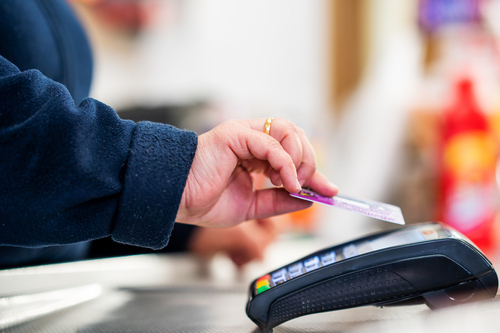Soutenir les commerçants et encourager la reprise de la consommation
L’objectif du gouvernement, qui avait déjà relevé le plafond du paiement sans contact de 30 à 45 livres en mars 2020, est de faciliter le règlement des achats et de soutenir le commerce de détail.
Il y a un an, le relèvement du plafond avait été décidé à l’échelle européenne. Le paiement sans contact était alors apparu, dès le début de la crise sanitaire, comme un moyen de réduire le risque de contamination en évitant la manipulation de pièces et de billets.
En France, alors que 70 % des transactions dans les commerces de proximité se faisaient encore en espèces avant le début de l’épidémie de Covid-19, le plafond avait été relevé le 11 mai 2020, passant de 30 à 50 euros.
Les consommateurs ont massivement adhéré au nouveau plafond de paiement sans contact, dans tous les pays qui l’ont revu à la hausse. D’après UK Finance, l’association professionnelle du secteur britannique des services bancaires et financiers, le paiement sans contact a augmenté de 44 % entre novembre 2019 et novembre 2020.
Les craintes de certaines organisations de défense des consommateurs
Malgré cette hausse du nombre de paiements sans contact, certaines associations de défense des consommateurs sont opposées à la décision du gouvernement.
Selon elles, le relèvement du plafond risque de faire reculer davantage le paiement en espèces, fragilisant ainsi les populations les plus précaires, très dépendantes de l’argent liquide.
Le gouvernement britannique se veut rassurant, et a affirmé qu’il continuerait à protéger le paiement en cash. À la fin de l’année 2020, un projet de loi visait justement à permettre aux consommateurs de se procurer des espèces dans les commerces de proximité, sans qu’aucun achat ne soit nécessaire.
Le déclin du cash se poursuit pourtant lentement mais sûrement : selon une étude de la Banque centrale européenne, 73 % de l’ensemble des transactions dans la zone euro ont été effectués en espèces en 2019, contre 76 % en 2016.
